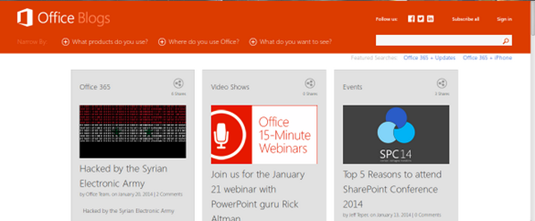No Easy Solution To Stop Amplification Attacks
A series of attacks against online-gaming services has raised awareness of the ability of certain Internet protocols to be used as a vector for denial-of-service attacks.
In late December and continuing into January, a group of Internet vandals with an apparent vendetta against a single gamer took down online gaming services using an simple amplification attack. By requesting a large list of previous requesters from a vulnerable network time protocol (NTP) server and substituting the target’s IP address as the source of the request, the attackers amplified the volume of the attack by a factor of more than 5,500, says Liam O Murchu, manager of security response for Symantec’s North American operations.
“So you can send just one short command to the NTP service, and the service will send a list of all computers that have attached to that server to the victim, and that is where you get the amplification,” he says. “But the problem with these sorts of attacks is that it is not the victim that has to patch their service, it is the middle man who is running the outdated service that needs to upgrade.”
Security experts have kicked off an initiative to raise awareness of the owners of misconfigured servers running the network time protocol, or NTP, to update their systems following a series of attacks by a group of Internet vandals against online-gaming services. The Open NTP project, for example, allows the general public to scan their NTP servers to see if they allow the monlist command, which the attackers abused to amplify their attacks.
Yet, the problem is not restricted to just NTP. Domain name service (DNS) servers that allow anyone to use them, known as open resolvers, are more commonly abused in amplification attacks. In March 2013, such an attack created a record-breaking amount of traffic to inundate anti-spam service Spamhaus.
[What attacks are most likely against cloud computing environments? Here’s a look — and some advice. See How Cybercriminals Attack The Cloud.]
In fact, any protocol that asymmetrically responds to a small request with a larger response could be utilized to create a distributed denial-of-service attack. While the capabilities that are abused to produce amplification can be sought out, most exist for a good reason and so it is difficult to triage abusable services until they are actually targeted, says Shawn Marck, CEO of Black Lotus, a denial-of-service mitigation provider.
“It wasn’t a vulnerability until someone exploited it–it was a feature,” he says. “But it boils down to any protocol that allows you to make a small request and elicit a large response allows amplification–unless it is TCP.”
Internet communications based on the transmission control protocol (TCP) have a built-in security check: The communication has to be acknowledged by the original sender, essentially making source-address spoofing impossible. Some services that rely on the fire-and-forget communications protocol, known as the user datagram protocol (UDP), first establish a session using TCP and then revert to a stream of communications using UDP. Online gaming and Internet telephony commonly use this technique, Marck says.
Defending against amplification attacks is fairly straightforward, says John Graham-Cumming, a programmer with CloudFlare, a provider of Web security and DDoS mitigation services. NTP attacks can be simply filtered out at the edge of the network before they get to the target. Amplification attacks based on DNS are more difficult, however, since companies want valid DNS queries to arrive at their destination.
“The larger problem with DNS amplification for someone like CloudFlare is that we have to be able to receive DNS packets,” he says. “For DNS, it is the nature of our business, we have to be able to receive unsolicited DNS requests.”
By focusing efforts on filtering out DNS responses, the problem become quite tractable, Graham-Cumming says.
For the Internet at large, however, the problem of amplification is not one that is easily solved. Two approaches have emerged: Patching each service vulnerable to amplification and requiring service providers to filter out requests from their networks that contain a spoofed source address. While the more general solution would be for Internet service providers to block outgoing packets that contain source addresses outside of their networks, the capability would add costs to their operations, and most ISPs are already running lean, Graham-Cumming says.
It’s a matter of incentives, he adds. While spoofing and DNS amplification do not typically impact the Internet service provider, the cost of the solution does. Such external costs to the company, like a company polluting a river, often need government intervention to provide the incentive to do right, Graham-Cumming says.
“It is not a problem for you, it is a problem for the Internet as a whole, just like polluting a river is not a problem for the polluter but for everyone downstream,” he says. “But I think for the network providers, it is probably better for them to do this on their own, rather than having the government come in.”
Have a comment on this story? Please click “Add Your Comment” below. If you’d like to contact Dark Reading’s editors directly, send us a message.
Article source: http://www.darkreading.com/vulnerability/no-easy-solution-to-stop-amplification-a/240165528
